The Austin musician stands alone in showing up Miles Davis in his autobiography
BY KAHRON SPEARMAN, FRI., SEPT. 14, 2018
Kenny Dorham was once 10 feet tall, lean and healthy.
In Miles Davis' autobiography, one of the mightiest forces in music, let alone jazz, recounts a 1956 winter date at Cafe Bohemia, a onetime Greenwich Village staple. The trumpeter hadn't yet banished saxophonist John Coltrane and all-time drummer Philly Joe Jones from his short-lived "first great quintet" despite both addicts having become liabilities. Davis' critical confirmation from the four-album Prestige Records run with the quintet and his indomitable Columbia Records debut, 'Round About Midnight, remained imminent.
His friend Dorham asked if he could sit in. Davis rarely ceded the stage to anyone, but he loved and respected the Texas-born trumpeter, whom he recognized as a peer. In the only anecdote of its kind in the book, the bandleader recalls working over the packed venue before introducing his guest. Dorham swelled in his trademark romantic elegance to the chagrin of the infamously prideful Davis, who quickly realized he was being buried alive.
In search of solace afterward, Davis asked saxophonist Jackie McLean how he had sounded: "[Jackie] looked me straight in the eye and said, 'Miles, tonight Kenny is playing so beautiful, you sound like an imitation of yourself.'"
Davis gathered his possessions angrily, including his self-esteem, and walked out without saying a word. He glanced over at his compatriot, who he remembered "had this shit-eating grin on his face and was walking like he was 10 feet tall."
"[Dorham] knew what had gone down – even if people in the audience didn't," wrote Davis about his defeat, residual steam still evident in 1989. "He knew, and I knew what had happened."
Dorham wanted the audience to know. He had come all this way to tell them before it was too late.
Hobo Romanticism
"I was born at 8:30am on Aug. 30, 1924, close to Fairfield, Texas – the nearest village or township with a name recognizable to big-city folk," writes Dorham in "Fragments of an Autobiography," from Downbeat magazine's 1970 yearbook.
McKinley and Minnie Dorham (née Manning), a sharecropper and homemaker respectively, had four children in all: Eva Lois Manning, Kenny, Cloteat, and Joel, who would become a noted Bay Area jazz musician. "Fragments" begins by reminiscing about the sounds of the "big Southwest" during its author's youth in Post Oak, an unincorporated community three miles south of Fairfield in central Freestone County. Aspiring to either a "top cowhand" or "a hobo" because they train-hitched and sang songs of the frontier, Dorham might have craved the land's inherent freedom as an antidote to the sick norms of Jim Crow Texas.
Thumping out boogie-woogie piano at age 7, he picked up the trumpet some three years later. Dorham asserts that his sister recognized, and ostensibly spoke into existence, her little brother's prodigious talent. She bought him his first trumpet at age 15, a silver Conn model.
By 1936, the family settled in Austin, east of then-East Avenue (now I-35) with the bulk of the city's black families. Dating back to at least the 1940 U.S. Census, 1218 E. 12th remained the Dorham homestead through Minnie's death in 1992. Attending high school at the then-all-black L.C. Anderson, the young horn enthusiast played in the Yellow Jackets marching band under the tutelage of legendary director B.L. Joyce, who chastised him for freelancing more than once.
After school, Dorham jammed at brothers Roy and Alvin Patterson's home at 1709 Washington Avenue. In tow were trombonist Buford Banks, Austin jazz great Martin Banks' father, and trumpeters Paris Jones, Warner Ross, and Gil Askey, the latter of whom gained distinction as a Motown arranger. Starting a prevailing theme throughout his career, Dorham deferred to Hermie Edwards, then Austin's pre-eminent trumpeter.
Following a brief stop at Wiley College, he was drafted into the Army in 1942 and excelled on the boxing team. After his discharge a year later, he spent a short stint in California, playing in Russell Jacquet's big band. Stopping over in Houston, Dorham then made his way to New York City in 1944, a meteor in search of Dizzy Gillespie.
Career finally off to a running start, he demonstrated first-rate attributes within the big bands of Lionel Hampton, Mercer Ellington, then Gillespie. He soon replaced cherub-faced dynamo Fats Navarro in Billy Eckstine's band. Nevertheless, inconsistencies plagued Dorham, and it showed in early recordings with Navarro.
"Fats had a big, beautiful, round sound, and K.D. had a pretty squeaky sound at that time. We're talking about in the late Forties," explains trumpeter and friend Jimmy Owens. "As time went on, K.D.'s sound became sweeter. When he found that warmth in his sound, he became noticed by the public."
During 1946-47, Dorham freelanced with pianist Bud Powell, saxophonist Sonny Stitt, and charismatic drummer Art Blakey, with whom he'd have less fortunate associations. In 1948, he studied composition at the now-defunct Gotham School of Music, using his G.I. Bill benefits.
He got his first significant break in December 1948, joining sax deity Charlie Parker's quintet at the behest of group predecessor Miles Davis. By his admission, the 22-year-old Davis, at times, could be eaten up by Parker's speed. Dorham quickly presented remarkable maturity – and an ability to keep pace with Bird.
By age 25, the Lone Star blower broadened his tone, consistently rising to Bird's level, whether recording at New York hot spot the Roost or glowing at Paris' first international jazz festival in 1949. Flaunting a unique capacity to speak and sing with his instrument, versus running scales vertically, Dorham added considerable subtlety and discipline to any session.
During his year in Parker's group, an ultimate proving ground, and then subsequent work with pianist Thelonious Monk, Dorham settled neatly into his career-defining melodic and nuanced comportment. Saxophonist Jimmy Heath, now 91, calls him a "romantic."
Toot Sweet
"They holler, 'Freedom! Freedom! Avant-garde!' That's fine," writes Dorham in "Fragments of an Autobiography."
"He was on that level with Dizzy, on the level with these other guys," says renowned and now retired saxman Sonny Rollins from his home in New York. "And he had a unique sound. Once you heard it, you knew, 'Oh yeah, that's Kenny Dorham.'"
"When you hear the way he plays, you know it's Kenny," echoes avant-garde pianist Steve Kuhn, who debuted on 1960 Dorham LP Jazz Contemporary.
Both Rollins, 88, and fellow saxophone great Lou Donaldson, 91, state with emphasis that Dorham's gifts equaled those of Miles Davis. Some will cry hyperbole, and indeed there's calculus necessary for a full appraisal, but there's recording greatness, and then there's greatness in performance. Kenny Dorham produced terrific, all-time moments on dozens of records, but he's even more respected as a live player.
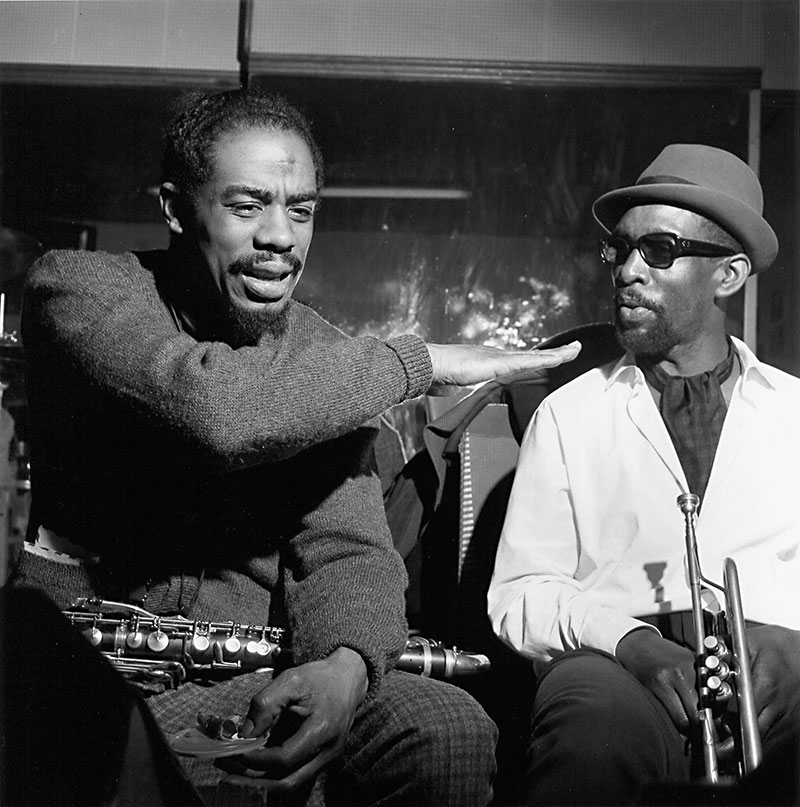
Nearly everyone interviewed herein and a dozen more made explicit mention of the "K.D. turnback," or turnaround, an improvisation technique the trumpeter learned from sharpening his sword against Navarro and Davis. A turnaround exists at the end of a tune, where instead of carrying through a chord in an eight-bar frame, the player applies two measures flipping back to the start. For the listener, it spurs anticipation with a minor-major note combination as the song dives back into the meatier parts – perfect for Dorham, who lived in longing gradients of minor chords.
Dorham capably blended his older influences with newer bebop and hard bop sensibilities. He also played tenor sax, which influenced his stronger horn within the middle registers.
"His phrasing is more like a saxophone player, in the way a tenor phrases," says Brian Lynch, a Grammy Award-winning trumpeter. "It was a darker, a little bit less resonant sound, but adapted to the kind of expressiveness that he put into melodies."
"Historically, he's interesting because he was a modern bebop artist, yet he used traditional techniques and devices, like flutter tonguing," offers Dave Oliphant, poet and author of KD: A Jazz Biography. "There's no doubt about [his greatness], and he was the equal of Dizzy Gillespie."
1955's spectacular Blue Note debut Afro-Cuban and 1959's Quiet Kenny established Dorham as a force in composition, but his sophisticated 1961 classic Whistle Stop – the bluesy, Southwestern-tinged bop album he was destined to make – evened the recording competition with his peers despite not making him a household name. All three albums exhibited a continually developing bandleader, particularly with his layered arrangements.
"Most guys then, they would hand a lead sheet to the guys, and the rhythm section did what they wanted to do," explains Don Sickler, publisher of Dorham's catalog, on his purposeful compositional skills. "Kenny wrote a specific part for the piano player to play that was different than what the bass player played, and that was different from what the drummer would play."
And yet, though he enjoyed unending respect from his peers, Dorham believed he wasn't being heard by the listening public to the point of exasperation. He desired the elusive broad appeal. Kuhn, unprompted, says Dorham resented the absence of attention yielded to Davis or Gillespie, two stubborn alpha male types willing to deviate from bebop and hard bop purity out of survival.
Neither an assertive man nor one supported by aggressive management, Dorham never learned to "play the game," to leverage his ability in navigating the music industry's choppy waters. The consummate creative, he believed overwhelming talent alone generated all avenues. Enterprising squeaky wheel, Dorham was not.
"Kenny just never seemed to have that promotion, and that could be because he was too sweet a guy," says Rollins.
According to the liner notes of his 1964 forward-leaning opus, Point Of Departure, pianist Andrew Hill saw Dorham as the most underrated player around.
"His problem is that he's so nice, and people seem to associate greatness with meanness or bitterness," wrote Hill. "In this business, you have to create some angry or tough image of yourself to be accepted, and therefore, too many people take Kenny for granted."
Horn in hand, Dorham didn't necessarily get out of his own way. When big names began migrating left of the needle, as Coltrane and Davis eventually had, Dorham tended to maintain bop strictness. Whereas he likely could've pursued numerous opportunities doing so-called "free jazz," and later fusion, Dorham showed only occasional interest, including his essential date with Hill.
Additionally, away from performances and studio sessions, Dorham's love of the lifestyle often undercut whatever efforts he would have pursued to further his career. Chief amongst his issues remained a nasty heroin addiction he'd been carrying around since the late Forties.
Union Local 802
From all indications, Dorham was a tender, contemplative man. His brother Joel speaks as glowingly of him as his contemporaries. Dorham's wife, Rubina, had five daughters: Keturah, Leslie, Yuba Evette, Lejuine, and Lamesha.
"He was the one that you could run to, sit on his lap, and have a father-daughter conversation," recalls Keturah. "He had a wonderful personality, very handsome, well dressed. He wasn't a mean father. He didn't whip us, beat us, or anything like that."
"My father had a wonderful laugh; I do remember that," says Evette. "But often, he was more on the serious side. People mistake that sometimes for being angry, and it's not. He was always thinking about what he was doing, and the next thing after that."
The paterfamilias' warm, if utilitarian, marriage with his wife, now Rubina Robinson, proved a little less pronounced. A vague separation in 1964 isn't entirely defined by the daughters, either in reasoning or resolution. It's believed he left his family, but family members maintain the discovery of various details in his life occurred only after his passing.
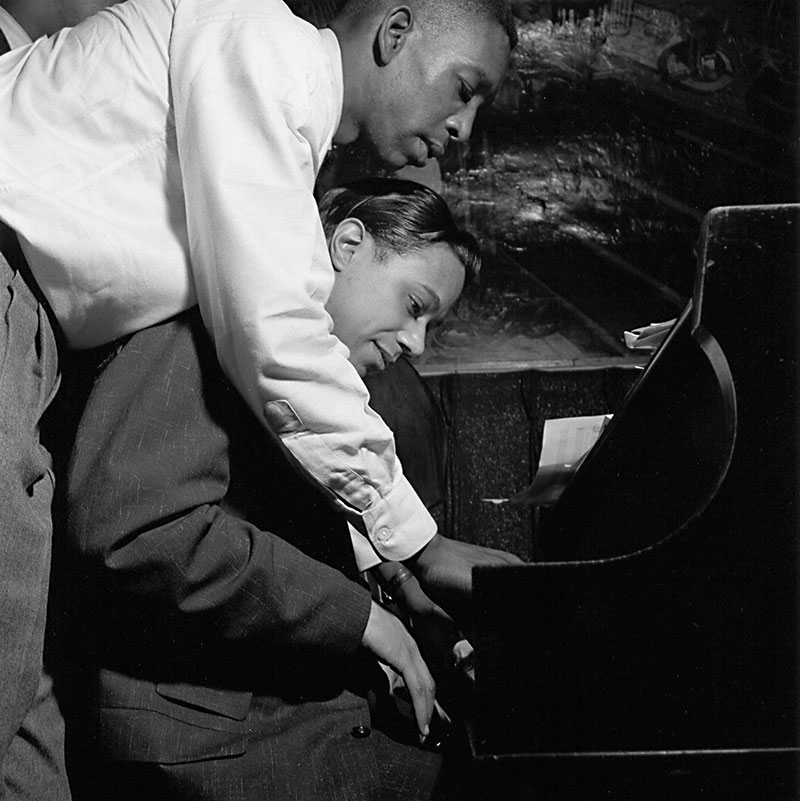
Through his 40s, Dorham existed perpetually short: on time, maintaining obligations to himself, and upkeep of a family that needed him. Evette recalls going out in search of her father, who regularly relocated with various women, wishing for fatherly intangibles he couldn't offer.
"There were some moments when I thought, especially when I started getting a little bit older, it would have been great if my dad was here, or I could ask him to do this thing, or I could talk to him right now," she laments. "I'd call, and I'd wait for him to get back to me, or I'd go find him."
By the late Sixties, Dorham worked day jobs for sustenance – food and sometimes heroin. The addiction, picked up during his sessions with Blakey, Navarro, Hank Mobley, and others, wreaked havoc on his organs. With a wink and a slow nod, Dorham hinted at the dependence in "Fragments."
"Of course, we all belonged to Local 802, but I'm speaking of union in union, or our union."
This destructive "union," accompanied by high blood pressure, destroyed his progressively overtaxed renal system.
Not that Dorham wasn't making an effort. He became a student at New York University in the late Sixties and instructed in various youth music programs. He also wrote reviews for Downbeat. In heartbreaking logic connected to the resurrection of his worth, Dorham told former classmate and trumpeter Paul Ayick he wanted to become an educator, to get his family back together.
Ayick, who also took lessons from Dorham, describes being over at Dorham's residence when a handful of possibly hostile men arrived: "They went up to the bedroom for 10 minutes and when they came out, they were all, y'know, changed."
Like others contacted, Ayick softens Dorham's penchant for self-destructiveness.
"I don't think it was a thing he had to do all the time in those days," he says. "I think it was something he did now and then."
While Dorham's fixes eventually broke down his body, a fickle audience broke down his resolve.
Do or Die
The end of Kenny Dorham's life began immediately following an especially productive two-year period, 1963-1964, wherein he composed some of his most exceptional work, both for himself and alongside tenor maverick Joe Henderson.
His seemingly minimalist horn matured to the point of resolute greatness, openly challenging Davis and Freddie Hubbard's pomp and pose with increasingly cerebral approaches, negotiating each note with a surgeon's precision. Alternating legato runs, flutters, and tonguing techniques, Dorham exhibited wistful romance with each phrase. Where Lee Morgan, Herbie Hancock, and Wayne Shorter were amongst jazz's vanguard, Dorham existed as living orthodoxy, its stable underpinning.
Even so, the trend of missing due recognition continued through 1963's exceptional, Brazilian-influenced Una Mas and 1964's Trompeta Toccata, both featuring the young Henderson. In the liner notes to the former LP, Dorham addresses his elephant in the room:
"All I can say is that if it's going to happen, it'll happen. But it's going to have to happen within a reasonable time. After all, I'll soon be into my 25th year on the trumpet."
Concurrently with his bandleading output, he turned in tremendous work on his protégé Henderson's first few Blue Note recordings, specifically singular 1963 debut Page One and Our Thing the following year. On the former, "Blue Bossa" maintains great intrigue. The composition itself is an all-time standard, but despite his closeness with Henderson, one wonders why Dorham didn't keep the instant classic for himself.
In fact, a great deal of Dorham's best efforts reside on other artists' discography, credited or not.
"His problem is that he's so nice."
Do-or-die time was at hand, believed Dorham at age 40. Clock hard wound, he appears to have accepted the grim reading of its hands. He concluded the audience wasn't listening.
Not helping matters were breakthroughs by young guns like Lee Morgan, who crossed over with 1964's The Sidewinder, which featured Henderson. The massive hit title track was initially recorded as filler. Dorham's Trompeta Toccata in September 1964 marked the swift conclusion of what should've been his prolific prime stage as a bandleader.
The Texan occasionally produced ardent moments as a sideman, as on Cecil Payne's impressive 1973 release Zodiac. Effectually, however, the 10-foot colossus Miles Davis remembered quickly shrank. He performed and recorded less, year by year, following 1964, the year he separated from his wife and children.
By the end of the decade, his existence depended on dialysis three days a week.
Resurrection in Boston
In hindsight, what makes Dorham's short memoir for Downbeat, "Fragments of an Autobiography," disheartening is that it represents the truncated chronicle of a musician awaiting his fast-approaching departure. As an addendum to his music, he documented significant minutes that had mattered, but the magazine's then-editor Dan Morgenstern believes the text belonged to a fuller, future book Dorham wished to write.
That's what Dorham told former Boston Globe critic Bob Blumenthal, then a reporter at the now-defunct Boston Phoenix, at Old West Church. According to horn blower Jimmy Owens, roughly three weeks earlier saxophonist Cecil Payne told Dorham he could receive funds for blood transfusions from his musicians' union. The latter replied that his union card had expired.
The week leading up to Dorham's death on Tuesday, December 5, 1972, he told his young friend Owens to catch him after an appointment. Owens wanted to interview his hero about his health problems and causes. Dorham told him to call after dialysis, because he'd feel stronger. This happened twice. The interview never happened.
Reedman Jimmy Heath says Dorham had made up his mind about dialysis.
"He decided not to go," reveals Heath. "He'd had enough of it, and he said he wasn't going. His lady friend told him, she said, 'Man, if you don't go, K.D., then you can't stay. You're gonna die, man.' He got tired of that dialysis thing, and he split."
Both Heath and Owens agree that their friend knew his fate. Many things had not cut Dorham's way. He would make sure the last thing would.
Dorham miraculously arrived at his own benefit at Old West Church in Boston on Sunday, December 3, an event created with the help of trumpeter Claudio Roditi and associate minister/player Mark Harvey.
"It was quite remarkable because he was not in good health," says Harvey, now a Ph.D. holding senior lecturer status at MIT. "We started talking trumpet, and he said, 'Well, I have my horn, could I play?'"
As the show's closer, a 10-man trumpet choir began Dizzy Gillespie's 1942 standard "A Night in Tunisia," with Dorham taking the first solo. It was the last tune he played in public.
"He showed everybody what perfect trumpet playing was about. That's how good he was," remembers Harvey. "Beautiful sound, beautiful technique. It was a master class from a master. We had about 300 people at the benefit, and there was a sustained standing ovation. It was a truly memorable moment."
If only for a fleeting moment, a 10-foot titan once again stood head and shoulders above his peers.
Blumenthal recalls a wrenching quote from Dorham: "I played one tune and got a standing ovation. It was beautiful, but it makes me sad too – that the ovations never happened when I was healthy."
Dorham's Epitaph
Up the road from where his 1218 E. 12th abode once stood, in a nondescript corner of Evergreen Cemetery, Dorham lies close to his parents.
On Whistle Stop, Dorham closes the masterwork with the unusually brief "Dorham's Epitaph." It remains an appropriate prophecy of immense talent, abruptly overcast in a tragic, unrequited romance with an audience he desperately desired. He needed the public to understand what he was trying to communicate.
At a certain point, Kenny Dorham knew he wasn't long for the world. He'd come from an unincorporated dust bowl in Texas to tell everyone, in so many notes, to listen. You can hear him still.
Six Essential Dorham Sides
Whistle Stop (Blue Note, 1961)
The definitive Dorham album brims with originals that borrow liberally from his Southwestern roots. The bluesy "Buffalo" lopes in a regional funk. "Sunrise in Mexico" features bassist Paul Chambers' strolling bass wrapping around Philly Joe Jones' persuasive drums. Synergy recommences between Dorham and tenorist Hank Mobley.
Afro-Cuban (Blue Note, 1955)
Latin-influenced and swinging, this is a hard bop classic of the highest order, with Dorham cooking. Drummer Art Blakey blisters through "La Villa" with Mobley and baritone saxophonist Cecil Payne keeping pace. "K.D.'s Motion" swings, while "Afrodisia" nails the call-and-response motif.
Kenny Dorham Sings and Plays: This Is The Moment! (Riverside, 1958)
Few critics would list this surprising project amongst his best. However, it's one of the most honest and intriguing offerings in Dorham's discography. Though there are prior instances of him singing blues, Dorham inexplicably croons through all 10 tracks.
Una Mas (Blue Note, 1963)
First of all, as critic Scott Yanow once pointed out, Dorham's willingness to introduce and develop new players can't be overstated. The lineup includes Joe Henderson on sax, bassist Butch Warren, pianist Herbie Hancock, and teenage drummer Tony Williams.
Joe Henderson: Page One (Blue Note, 1963)
Henderson's debut shows the potential of a young genius. Dorham, meanwhile, shines throughout and contributes the jazz standard "Blue Bossa." Pleasant bossa novas (including "Recorda Me") carry the album. Dorham's stewardship of Henderson set the latter on a path to popular and critical prominence.
Cecil Payne: Zodiac (Strata-East, 1973)
Probably Dorham's finest moments during the last years of his life, he buys into Payne's funk sways. Recorded in 1968, the underrated classic launches with a tribute to the slain Dr. Martin Luther King Jr. The track starts with Dorham's last transcendent solo.
Kenny Dorham's Backyard
Named after the legendary jazz trumpeter and East Austinite, Kenny Dorham's Backyard is located in the historic East End cultural district, a shout away from Dorham's former East 12th Street home. The 11th Street venue, maintained by nonprofit DiverseArts Culture Works, hosts the Austin Jazz & Arts Fest, East End Summer Music Series, and most recently, the RAS Day Festival. It's one of the remaining vestiges that black music and culture existed in Austin.
"I've tried to strategically set up situations that educate folks about history they might not already know," says DiverseArts founder Harold McMillan. "If they do know, I'm offering ways for those folks to share in celebrating and acknowledging the importance of that history. The 'Backyard' provides an opportunity for us to let folks know who Dorham was."
The Urban Renewal Agency-controlled site sits on property owned by the city. The URA manages property targeted for redevelopment – per the city's master plan – which means the Backyard's occupancy at the current address isn't at all a given. Its existence depends on a series of 12-month leases.
"The vacant lots on the block we are on will ultimately be offered up for commercial development, according to the plan," says McMillan. "So, our future there is tied to that process and that timetable. The encouraging thing is that since we have shown that there is a want and need for a venue such as ours, the neighborhood plan for the block does now include a carve-out for an outdoor venue/green space that must be included in whatever development ultimately happens there."
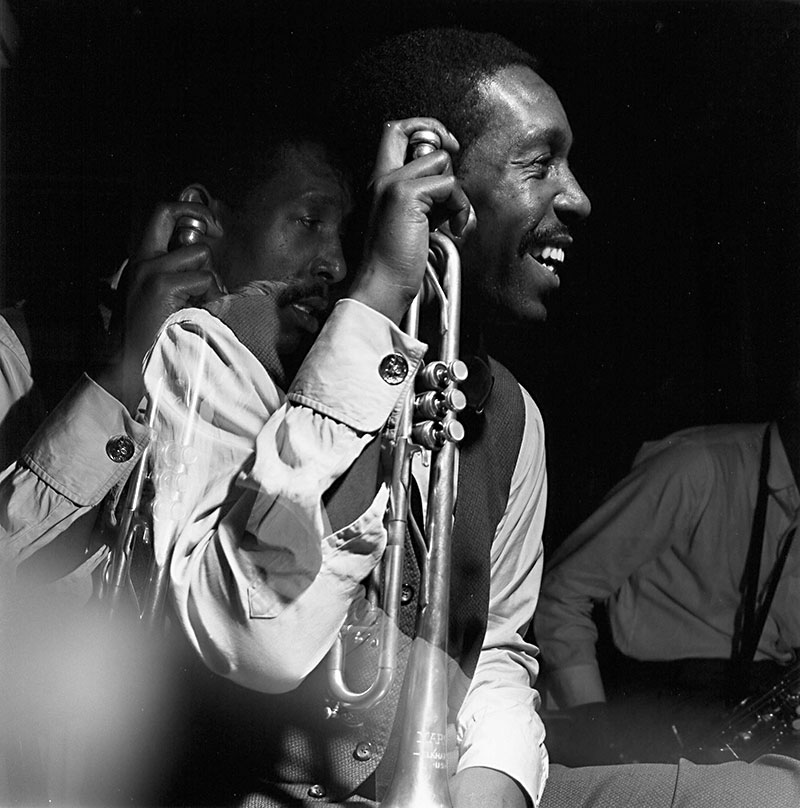
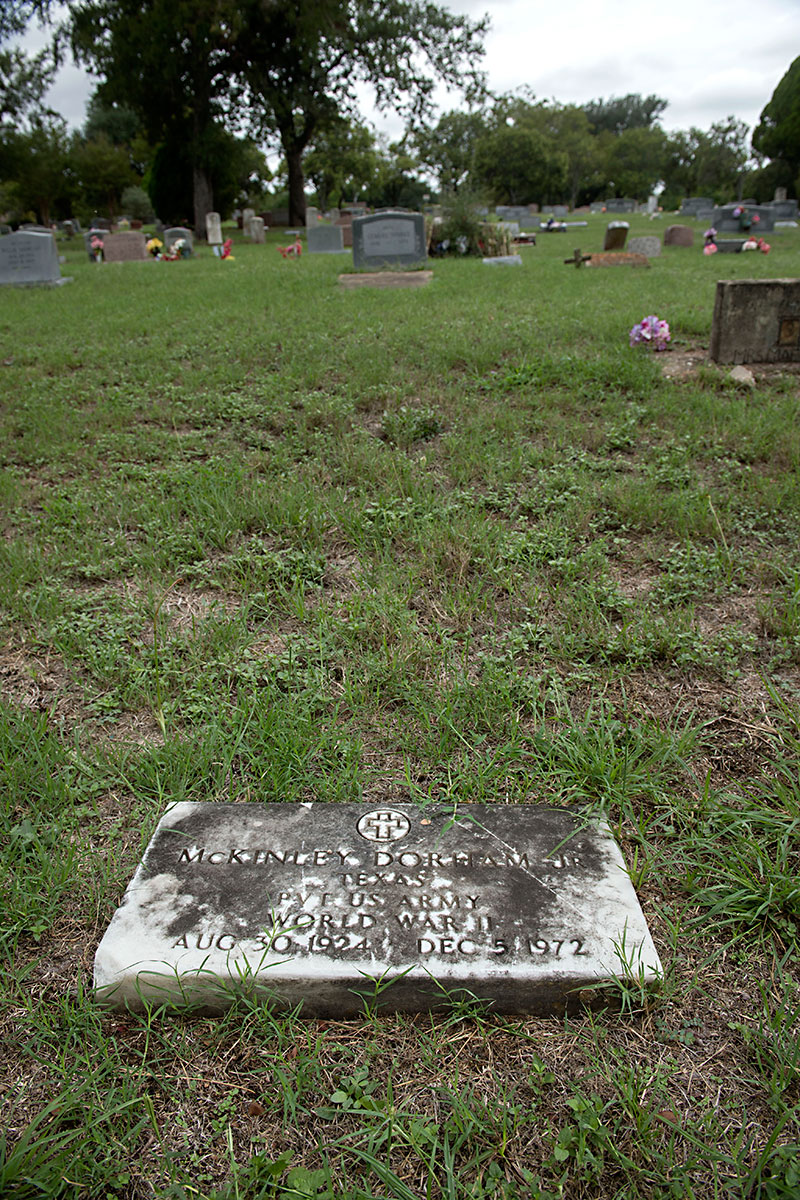
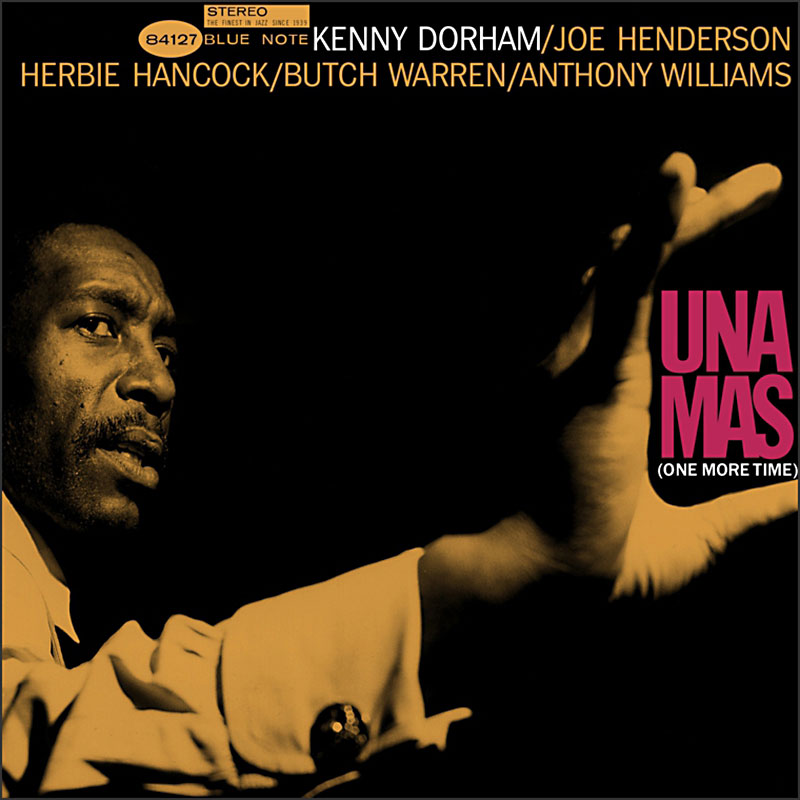
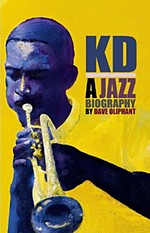
You need to be a member of Pittsburgh Jazz Network to add comments!
Join Pittsburgh Jazz Network